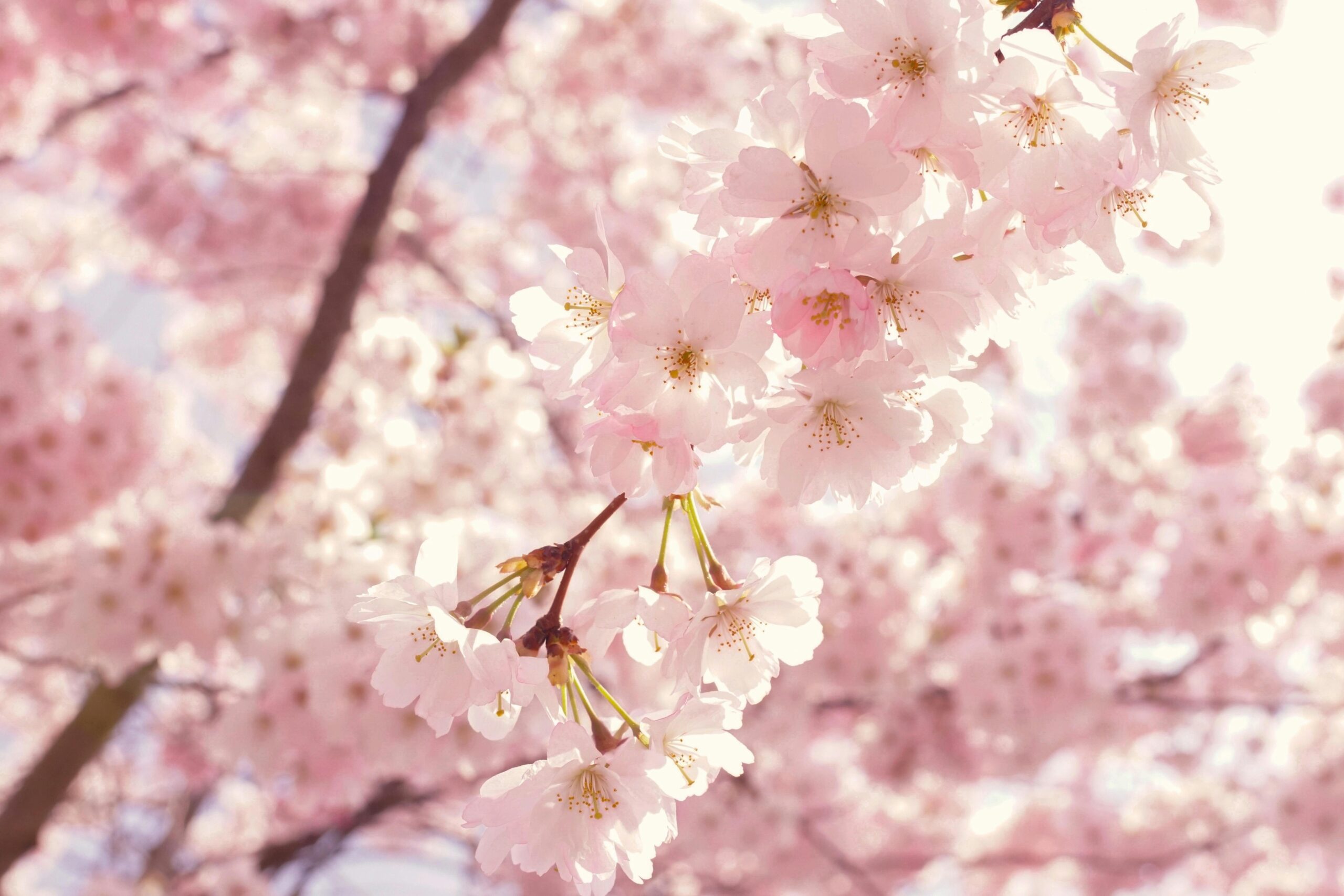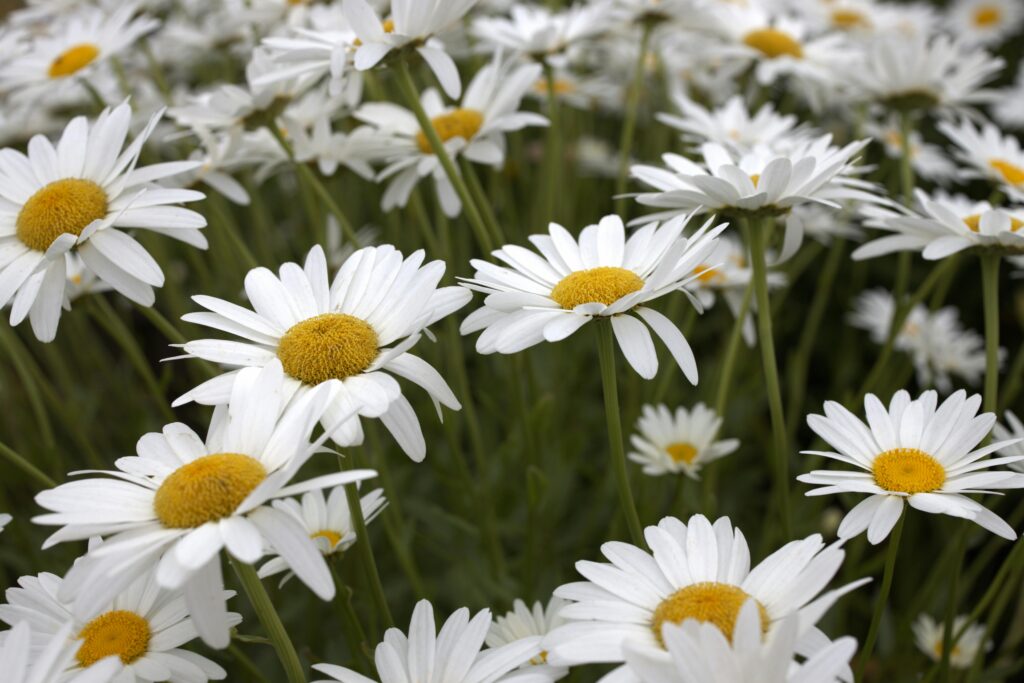- ACTIVITIES
Simple Thanksgiving Cactus Care for Beginners


Spring, a season of renewal and transformation, captivates us with its vibrant colors and invigorating energy. As the world awakens from the slumber of winter, spring brings a sense of hope and rejuvenation, making it a favorite season for many. This article delves into the fascinating aspects of spring, exploring its weather patterns, the flora and fauna that flourish, its cultural significance, and addressing common myths with facts.
Spring begins around March 20th or 21st in the Northern Hemisphere.
The word “spring” is derived from the Old English “springan,” which means to leap or burst forth.
Daylight Saving Time typically starts in spring, giving us an extra hour of daylight in the evenings.
Spring is known for its unpredictable weather patterns, often bringing a mix of rain and sunshine.
Cherry blossoms, a symbol of spring, attract millions of tourists to Japan each year.
Many animals give birth in spring, taking advantage of the warmer weather and abundant food supply.
Spring fever is a real phenomenon, characterized by increased energy and vitality.
The Great Sphinx of Giza is aligned with the sun during the spring and fall equinoxes.
In many cultures, spring is celebrated as a time of fertility and renewal.
Spring cleaning is a tradition that dates back centuries, symbolizing a fresh start.
The Easter holiday, celebrated in spring, is associated with themes of resurrection and new life.
In Greek mythology, spring is linked to the return of Persephone from the underworld.
Spring is a popular time for planting gardens and crops.
Many migratory birds return to their breeding grounds in spring.
Spring allergies are common due to increased pollen levels.
The season is often depicted in art and literature as a symbol of youth and beauty.
Spring marks the beginning of the festival season in many countries.
In the Southern Hemisphere, spring occurs from September to November.
Spring is associated with various festivals around the world, such as Holi in India and Nowruz in Iran.
Earth Day, celebrated on April 22, falls in spring and promotes environmental awareness.
Spring weather is known for its variability, with temperatures gradually rising as the season progresses. In many regions, spring brings an increase in rainfall, which is essential for the growth of plants and crops. Thunderstorms are also common during this time, especially in areas prone to severe weather. The transition from winter to spring can be marked by sudden changes in temperature, leading to a mix of warm and cool days.

Spring is a time of blooming flowers and budding trees. Many plants, such as daffodils, tulips, and lilacs, burst into color, creating a vibrant landscape. This season is also crucial for agriculture, as farmers plant crops like wheat, barley, and corn. Animals emerge from hibernation, and many species, including birds and mammals, begin their breeding cycles. The abundance of food and favorable weather conditions make spring an ideal time for raising young.
Spring holds a special place in various cultures around the world. It is often associated with themes of rebirth, renewal, and fertility. Many festivals and holidays occur during this season, celebrating the arrival of warmer weather and the promise of new life. For example, Holi, the festival of colors in India, marks the triumph of good over evil and the arrival of spring. Similarly, Nowruz, the Persian New Year, celebrates renewal and is observed on the vernal equinox.
Spring is a season surrounded by myths and misconceptions. Here are five common myths debunked with facts:
Spring is a season of transformation, where nature awakens and life flourishes. Its unpredictable weather, vibrant flora and fauna, and cultural significance make it a fascinating time of year. Understanding the facts about spring, from its weather patterns to its impact on ecosystems and human traditions, enhances our appreciation of this dynamic season. As we embrace the beauty and energy of spring, we are reminded of the interconnectedness of all living things and the cyclical nature of life.